
Introduction
Cyanidation has long been the primary method for extracting gold from ores. After the cyanide leaching process, the gold is present in the cyanide solution, known as the pregnant leach solution. Traditionally, methods like carbon adsorption (such as the Carbon-in-Column - CIC process) and zinc cementation (Merrill Crowe process) have been used to recover gold from this solution. However, direct electrowinning from cyanide solutions has emerged as a promising alternative, offering several advantages in terms of efficiency, cost, and environmental impact.
The Principle of Direct Electrowinning
Direct electrowinning is an electrochemical process. In the context of gold extraction from cyanide solutions, when an electric current is passed through the cyanide solution containing gold in the form of aurocyanide complexes (Au(CN)_2^-), the following reactions occur at the electrodes:
At the cathode: Au(CN)_2^- + e^- \rightarrow Au + 2CN^-
Gold ions in the aurocyanide complex gain an electron and are deposited as metallic gold on the cathode surface.
At the anode: Depending on the conditions, water oxidation or oxidation of other species in the solution may occur. For example, 2H_2O \rightarrow O_2 + 4H^+ + 4e^-
Advantages of Direct Electrowinning
Simplicity: Compared to multi - step processes like carbon adsorption followed by elution and electrowinning (in the case of CIC), direct electrowinning reduces the number of unit operations. This simplifies the overall process flow, making it easier to operate and maintain.
Cost - effectiveness: With fewer process steps, there is a potential for lower capital and operating costs. There is no need to invest in large - scale carbon regeneration facilities (as in CIC) or purchase large quantities of zinc powder (as in the Merrill Crowe process).
High Purity Product: The direct electrodeposition of gold can result in a high - purity gold deposit on the cathode. This can reduce the need for extensive refining processes downstream, further saving costs.
Environmental Benefits: By eliminating the use of zinc in the Merrill Crowe process, there is less generation of zinc - containing waste. Additionally, the simplification of the process may lead to a reduction in overall chemical usage and waste generation.
Process Considerations
Solution Concentration: The concentration of gold in the cyanide solution is a crucial factor. While direct electrowinning can be applied to solutions with a wide range of gold concentrations, higher concentrations generally result in faster deposition rates. However, very high gold concentrations may require special electrode designs to ensure uniform deposition.
Electrode Materials: The choice of electrode materials is important. Stainless - steel wool is often used as the cathode material for its high surface area, which allows for efficient gold deposition. For the anode, materials that are resistant to corrosion in the cyanide solution, such as dimensionally stable anodes (DSA), are preferred.
pH and Temperature: The pH of the cyanide solution needs to be carefully controlled. A slightly alkaline pH is typically maintained to prevent the decomposition of cyanide. The temperature of the solution can also affect the rate of electrowinning, with higher temperatures generally increasing the reaction rate but also potentially increasing the risk of cyanide decomposition.
Process Flow
Solution Preparation: The pregnant cyanide leach solution from the heap leaching or other cyanidation processes is first subjected to pre - treatment. This may involve filtration to remove suspended solids, as these can interfere with the electrowinning process and cause short - circuits between the electrodes.
Electrowinning Cell: The pre - treated solution is then fed into the electrowinning cell. The cell is equipped with an anode and a cathode. As an electric current is applied, gold starts to deposit on the cathode.
Gold Recovery: Once a sufficient amount of gold has been deposited on the cathode, the cathode is removed from the cell. The gold can be stripped from the cathode either mechanically or chemically, depending on the nature of the cathode material. The stripped gold is then further refined to obtain high - purity gold.
Challenges and Future Outlook
Cyanide Management: Although direct electrowinning offers advantages, the use of cyanide in the overall gold extraction process still poses environmental and safety risks. Future research may focus on integrating direct electrowinning with alternative, less toxic leaching methods.
Energy Consumption: The electrowinning process requires a significant amount of electrical energy. Developing more energy - efficient electrode materials and cell designs is an area of active research.
Scalability: As with any emerging technology, scaling up direct electrowinning from laboratory - scale to industrial - scale operations needs to be carefully optimized to ensure consistent performance and cost - effectiveness.
Direct electrowinning of gold from cyanide solutions represents a significant technological advancement in the gold mining industry. With further research and development to address the existing challenges, it has the potential to become a dominant method for gold recovery in the near future.
- Random Content
- Hot content
- Hot review content
- Company product introduction
- Cyanoacetic acid 99% Powder
- How does Sodium Ferrocyanide help in the mineral flotation process?
- Carboxymethyl Cellulose (CMC) Food Grade
- Cyclohexanone 99.8% Liquid
- Food Grade Sodium Erythorbate
- Ferric chloride (40% in water)
- 1Discounted Sodium Cyanide (CAS: 143-33-9) for Mining - High Quality & Competitive Pricing
- 2China's New Regulations on Sodium Cyanide Exports and Guidance for International Buyers
- 3Sodium Cyanide 98% CAS 143-33-9 gold dressing agent Essential for Mining and Chemical Industries
- 4International Cyanide(Sodium cyanide) Management Code - Gold Mine Acceptance Standards
- 5China factory Sulfuric Acid 98%
- 6Anhydrous Oxalic acid 99.6% Industrial Grade
- 7Oxalic acid for mining 99.6%
- 1Sodium Cyanide 98% CAS 143-33-9 gold dressing agent Essential for Mining and Chemical Industries
- 2High Quality 99% Purity of Cyanuric chloride ISO 9001:2005 REACH Verified Producer
- 3Zinc chloride ZnCl2 for High Molecular Weight Polymers Initiator
- 4High Purity · Stable Performance · Higher Recovery — sodium cyanide for modern gold leaching
- 5High Quality Sodium Ferrocyanide / Sodium Hexacyanoferr
- 6Gold Ore Dressing Agent Safe Gold Extracting Agent Replace Sodium Cyanide
- 7Sodium Cyanide 98%+ CAS 143-33-9

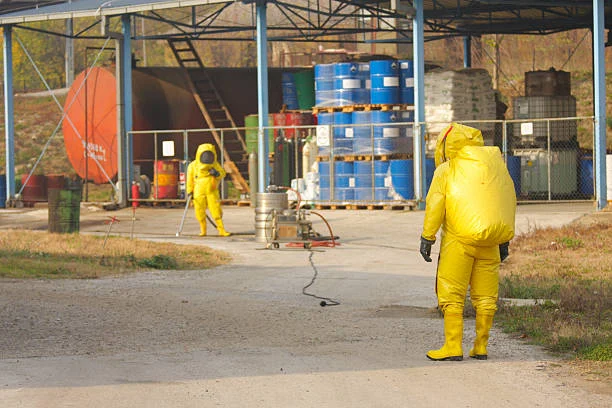
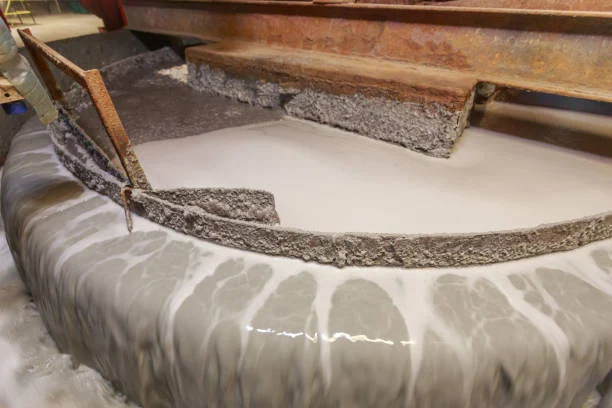
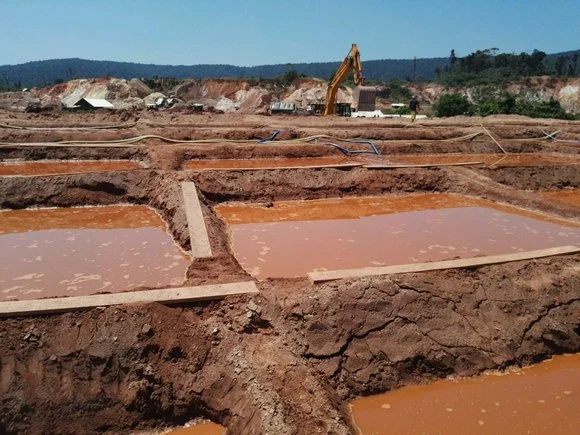
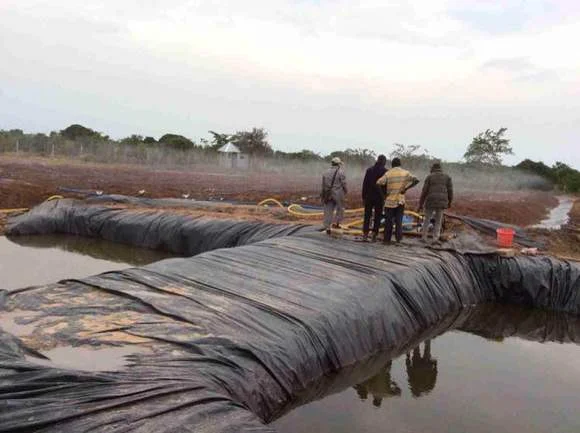
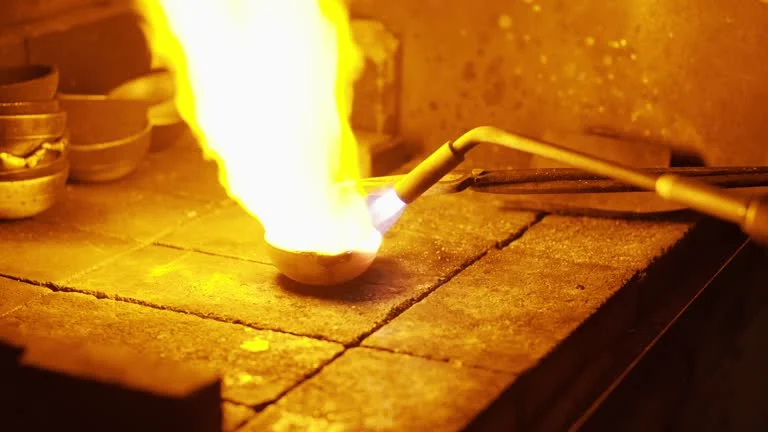
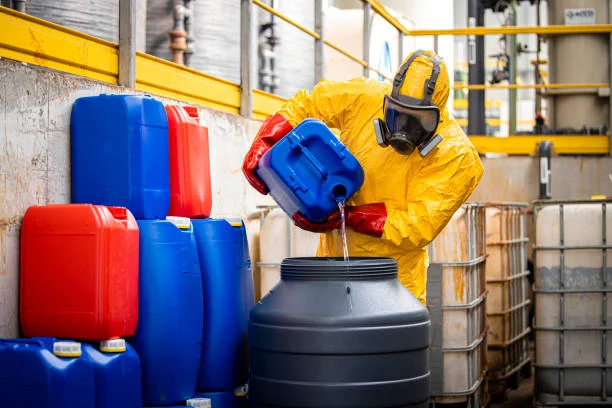
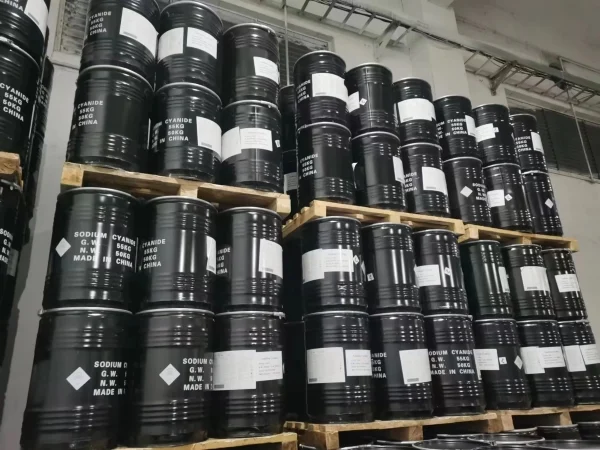



Online message consultation
Add comment: